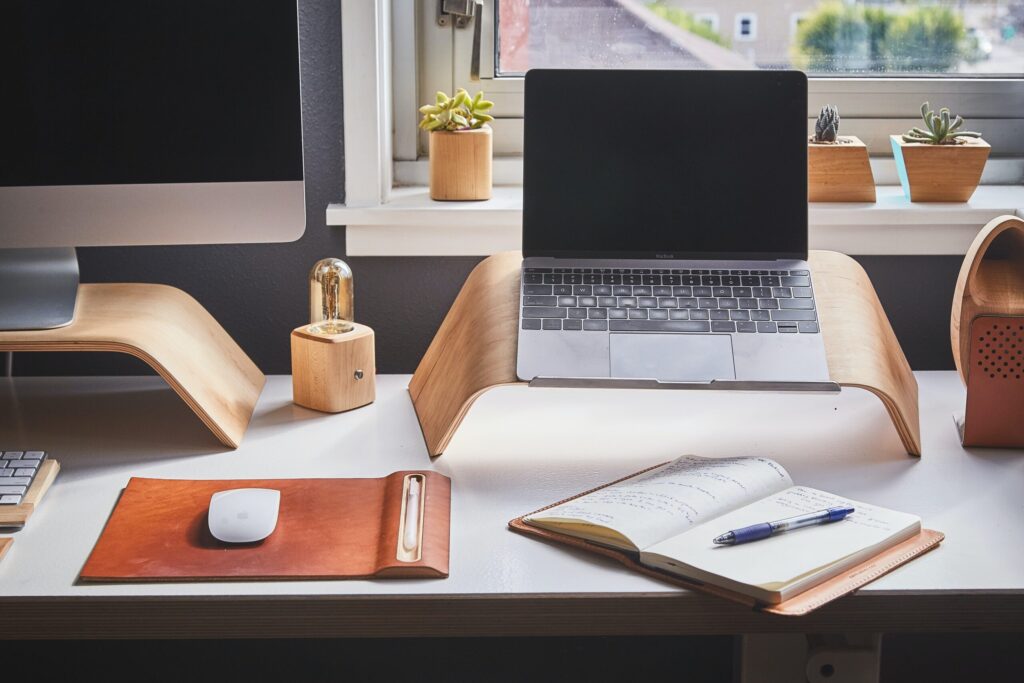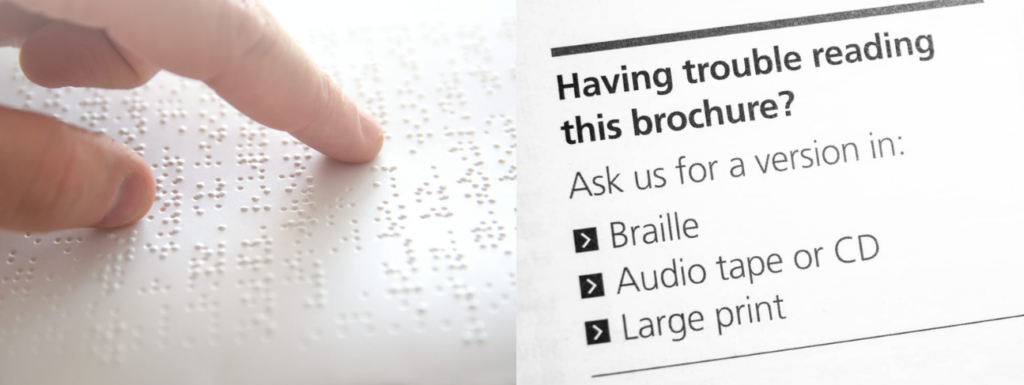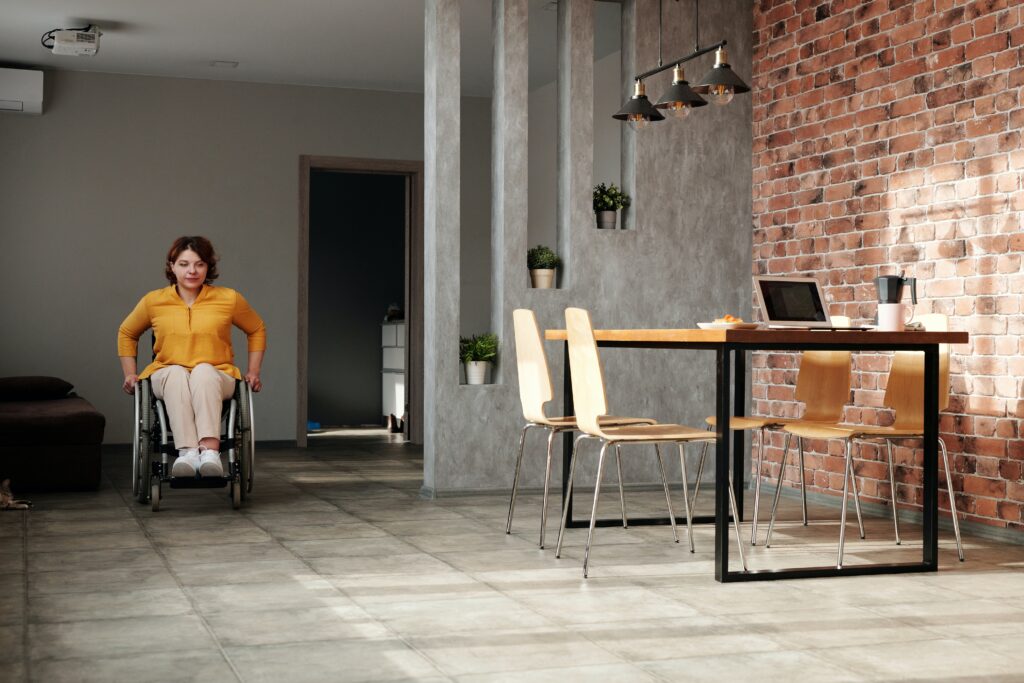
With society’s increased reliance on digital spaces to carry out everyday tasks, ensuring the provision of Accessible Media is vital. From ordering food shopping to doing taxes to arranging medical appointments to streaming films and television, the digital realm has largely superseded the analogue methods of the past. This progression therefore demands that we ensure digital accessibility (or more broadly, accessibility to information) is made inclusive to all people regardless of their ability.
Due to the traditional methods of providing information, communication with disabled people is often prone to delay – due to the time it takes to request information about a person’s access needs, the arrangement of the adjustments, to the delivery of the accommodations.
If you facilitate accessible media in advance, however, your ability to provide accommodations for disabled people can be done more efficiently. Thanks to the Internet, this can be done even faster if the accessible media is digitized, such as if it takes the form of a sign language interpretation of an information leaflet, a menu printed with raised braille dots, or an audio description of a map.
Accessible media is not always electronic though. More often than not, it can be a tangible item built for physical environments that disabled people might otherwise struggle to fully experience without elements catered specifically to them. An example of this is the 3D model (pictured), which Direct Access provides to zoos, national parks, and museums across the world. Such busts allow blind and partially sighted people to utilize the power of touch to interpret the shape and feel of wildlife, historic artifacts, and structures. Since blind and partially-sighted people cannot experience these through sight, it is a form of accessible media that offers an equal experience that is uniquely catered to people with visual impairments.
While such a device might seem limited in its utility to visually impaired people (after all, when it comes to accessibility, one size never fits all) – the benefits also extend to people with anxiety, who might not be confident to pet a live animal.
Additionally, as most museums have a policy that does not allow people to touch historic artifacts, 3D models allow everyone, regardless of their ability, to handle impressive items without needing to be a museum curator.
Perhaps you own a restaurant, bar, or cafe, or provide a different kind of selection-based service. Other examples of physically accessible media items are menus, brochures, guides, forms, and flyers which are available in alternative accessible formats.


Some of the most popular re-imaginings of these items for disabled people are Easy Read, Braille, and Large Print. Easy Read documents allow people with learning difficulties and dyslexia to interpret information in a more simplified, streamlined manner. Braille, of course, is the world standard for providing visually impaired people with access to the written word, while Large Print provides the same benefit and is also favored by young children and older adults who might have sight loss or struggle to read more complex information.
Providing accessible media items unlocks and fast-tracks the delivery of information, which allows business owners (and the disabled people they serve) to spend less energy on trying to communicate and more on getting to the root of an experience that they are trying to provide or access. While websites and social media platforms are often the go-to to ‘get the word out’ when it comes to information, these come with their own set of accessibility guidelines.
Websites and social media for instance, must comply with the WCAG Accessibility Guidelines, the world standard for Internet-based inclusivity. These cover everything from ensuring text is formatted correctly and large enough for visually impaired people, to ensuring that the user interface (the means by which the user and website interact) does not present problems such as forms timing out too quickly, the implementation of an accessibility toolbar which would allow users to tailor the website design and layout to their needs, to the provision of alternative text on images.
Failure to provide these things puts website owners not only at risk of failure to adherence to these guidelines but more importantly, alienates disabled people who might be interested in their services.
As you might now be aware, Accessible Media encompasses so much more than subtitles on a streaming service, which is obviously important in its own right. Media is the modern form of communication, and much can get lost in translation due to people’s disabilities, but more the lack of recognition for the wider experience of users. So it is the responsibility of companies like Direct Access to champion accessible media by providing these services, which help other service providers create better experiences for disabled people.
